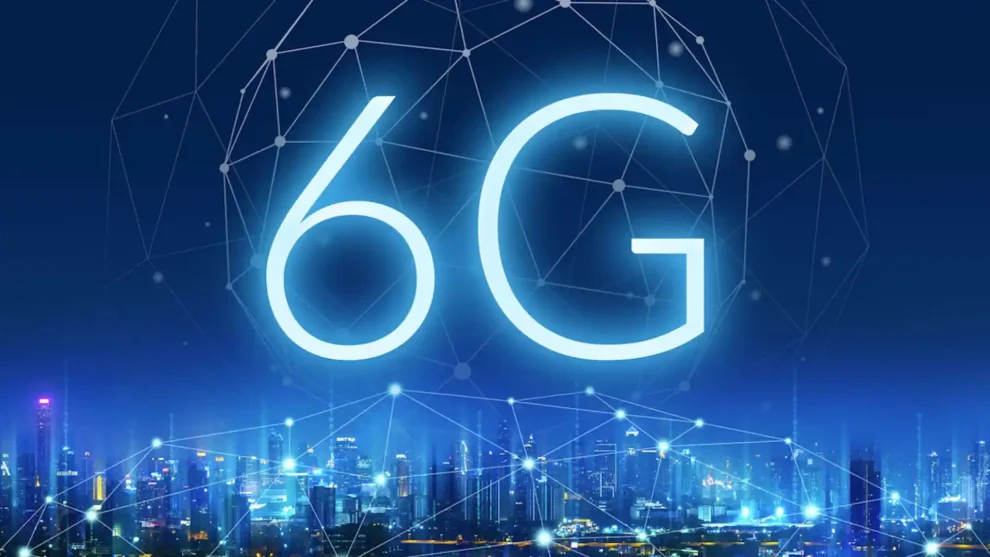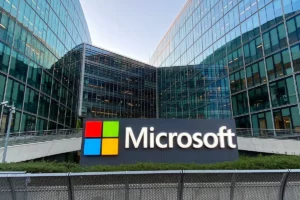Researchers at University College London have achieved an astonishing data transmission speed of 938 gigabits per second (Gbps) in recent 6G tests. This breakthrough, led by Dr. Zhixin Liu and his team, represents a quantum leap in wireless technology, surpassing current 5G speeds by more than 9000 times and setting a new benchmark for multiplex data transmission.
The implications of this achievement are staggering. At 938 Gbps, users could theoretically download over 20 full-length movies in a single second, a feat that would take hours on current networks. This isn’t just an incremental improvement; it’s a paradigm shift that could redefine our relationship with data and connectivity.
Dr. Liu explains the significance of their approach: “What we’ve essentially done is transform the ‘narrow, congested road’ of current 5G networks into ’10-lane highways’. Just as wider roads can accommodate more vehicles, our broader frequency ranges can handle vastly more data.”
The key to this remarkable speed lies in the researchers’ innovative use of an ultra-wide frequency spectrum. Unlike current systems that operate in relatively narrow bands, Liu’s team harnessed frequencies ranging from 5 gigahertz to 150 gigahertz, encompassing both radio waves and light.

This broad spectrum utilization was achieved through a clever combination of high-speed electronics and microwave photonics technologies:
1. For the lower frequency range (5-75 GHz), the team employed high-speed digital-to-analog converters.
2. The higher millimeter-wave bands, including W-band (75-110 GHz) and D-band (110-150 GHz), were generated by mixing optically modulated signals with frequency-locked lasers on high-speed photodiodes.
The researchers’ use of frequency-locked narrow linewidth lasers and a common quartz oscillator resulted in stable carrier frequencies with reduced phase noise, maximizing spectrum efficiency.
The team demonstrated an ultra-wide 145 GHz bandwidth wireless transmission of orthogonal frequency-division multiplexing (OFDM) signals over the air, covering a 5-150 GHz frequency region. This was achieved by combining the strengths of high-speed electronics and microwave photonics technologies.
What’s particularly impressive is that they achieved the 938 Gbps transmission data rate with less than a 300 MHz gap between different RF and mm-wave bands. This level of efficiency in spectrum utilization is unprecedented and represents a significant advancement in wireless communication technology.
To truly appreciate the magnitude of this achievement, let’s put it into perspective:
– It’s over 9000 times faster than the average 5G connection.
– At this speed, you could download the entire Library of Congress in about 10 minutes.
– A 4K movie, which typically takes about 30 minutes to download on a good broadband connection, would be ready in less than a second.
Moreover, while this is the fastest recorded speed for multiplex data, the researchers note that individual signals have been transmitted even faster, surpassing one terabit per second.
This breakthrough comes at a crucial time in the development of next-generation wireless technology. The next-generation radio access network (RAN) requires high-speed wireless transmission between base stations that exceeds 100 Gbps to connect access points and hubs.
Dr. Liu’s team’s achievement not only meets but significantly exceeds this requirement, potentially paving the way for a new era of ultra-high-speed wireless communication.
One of the key challenges in achieving such high speeds has been the difficulty in generating broadband signals with synchronized carrier frequencies. Previous research has explored utilizing the wireless spectrum from sub-6 GHz to millimeter (mm) waveband (e.g., D-band up to 170 GHz) for data transmission, using either all-electronic or optoelectronic approaches.
However, these methods have typically been used separately due to the synchronization challenge. Liu’s team overcame this hurdle by combining both approaches and using advanced frequency-locking techniques.
While 6G technology is still in its infancy, with commercial deployment not expected until the 2030s, this breakthrough provides a tantalizing glimpse into the future of wireless communication.
Some potential applications of this ultra-high-speed technology include:
1. **Holographic Communication**: Real-time, high-fidelity holographic calls could become a reality.
2. **Advanced IoT**: Massive networks of sensors could communicate instantly, enabling smart cities on a scale previously unimaginable.
3. **Autonomous Vehicles**: Ultra-low latency could make self-driving cars safer and more responsive.
4. **Remote Surgery**: Doctors could perform intricate procedures from thousands of miles away with no perceptible delay.
5. **Immersive AR/VR**: Fully immersive virtual and augmented reality experiences could be streamed in real-time.
Despite the excitement surrounding this breakthrough, there are still significant hurdles to overcome before such speeds become commercially viable. Issues of power consumption, hardware limitations, and the need for extensive infrastructure upgrades need to be addressed.
Moreover, this isn’t the only approach being pursued in the race towards 6G. Recently, a consortium of Japanese telecommunications firms developed a device capable of transmitting data at 100 Gbps over distances up to 330 feet (100 meters). While not as fast as Liu’s team’s achievement, it demonstrates the fierce competition and rapid innovation in this field.
Liu’s team is already in discussions with smartphone manufacturers and network providers to explore how their technology could be integrated into future 6G networks. While Dr. Liu is optimistic that their work will form the basis for future 6G technology, he acknowledges that other competing approaches are also being developed.
Industry analyst Maria Gonzalez provides perspective: “While we’re unlikely to see 938 Gbps speeds in our smartphones anytime soon, this research is crucial in pushing the boundaries of what’s possible. It will inform the development of 6G standards and inspire further innovations in the field.”
This breakthrough also highlights the intensifying global race for 6G supremacy. With countries and companies worldwide investing heavily in 6G research, we’re likely to see a flurry of innovations in the coming years.
Dr. Sarah Chen, a policy advisor on telecommunications, notes: “6G isn’t just about faster internet. It’s about economic competitiveness, national security, and technological leadership. Breakthroughs like this one at UCL position the UK as a key player in the 6G race.”
The achievement of 938 Gbps data transmission speed marks a significant milestone in the journey towards 6G. While there are still many challenges to overcome, this breakthrough provides a tantalizing glimpse into a future where the constraints of bandwidth and latency are all but eliminated.
As we stand on the brink of this new era in wireless communication, one thing is clear: the potential applications of this technology are limited only by our imagination. From revolutionizing how we work and communicate to enabling new frontiers in healthcare, transportation, and entertainment, 6G promises to be more than just faster internet – it could be the key to unlocking a new phase of human progress.
As Dr. Liu and his team continue their groundbreaking work, the world watches with bated breath, eager to see how this remarkable technology will shape our future. The era of 6G is dawning, and if this breakthrough is any indication, it’s going to be faster, more connected, and more transformative than anything we’ve seen before.
















Add Comment